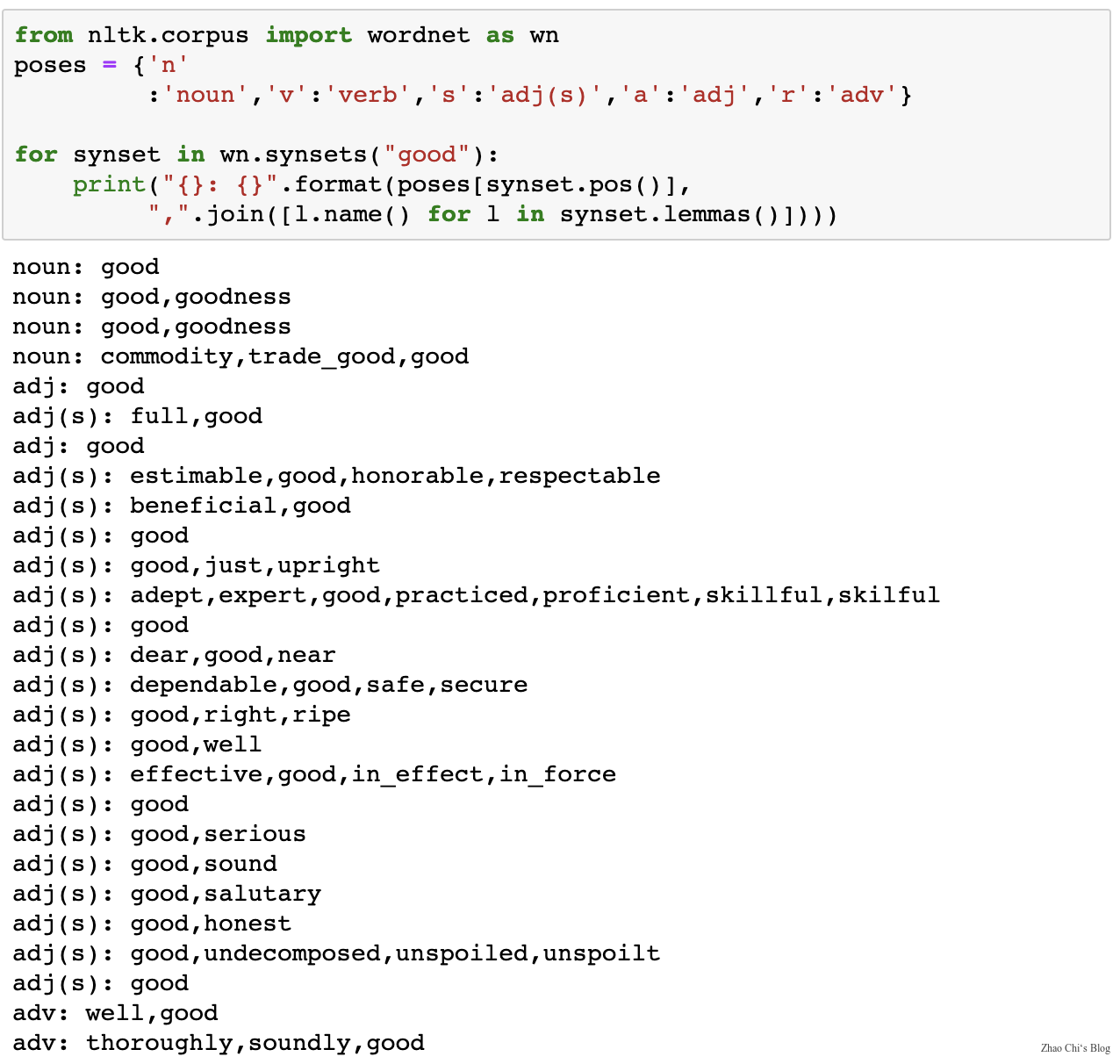CS224 Lecture1 Word2Vec
文章目录
CS224 Lecture1 - Word2Vec
1 Introduction of Natural Language Processing
Natural Language is a discrete/symbolic/categorical system.
1.1 Examples of tasks
There are many different levels in NLP. For instance:
Easy:
-
Spell Checking
-
Keywords Search
-
Finding Synonyms
-
Synonym: 同义词 noun
Medium
-
Parsing information from websites, documents, etc.
-
Parse: 对句子进行语法分析 verb
Hard
-
Machine Translation
-
Semantic Analysis (What is the meaning of query statement?)
-
Coreference (e.g. What does “he” or “it” refer to given a document?)
Coreference: 共指关系,指代的词
-
Question Answering
1.2 How to represent words?
1.2.1 WordNet
-
Use e.g. WordNet, a thesaurus containing lists of synonym sets and hypernyms (“is a” relationships).
hypernym: 上位词
Problems with resources like WordNet
- Great as a resource but missing nuance (e.g. “proficient” is listed as a synonym for “good”, This is only correct in some contexts.)
- Missing new meanings of words
- Subjective
- Requires human labor to create and adapt
- Can’t compute accurate word similarity
1.2.2 Representing words as discrete symbols
In traditional NLP, we regard words as discrete symbols: hotel, conference, motel - a localist representation.
Words can be represented by one-hot vectors, one-hot means one 1 and the rest are 0. Vector dimension = number of words in vocabulary.
-
Problem with words as discrete symbols:
For example, if user searches for “Seattle motel”, we would like to match documents containing “Seattle hotel”.
But:
These two vectors are orthogonal. But for one-hot vectors didn’t shown there’s natural notion of similarity.
-
Solution:
-
Could try to rely on WordNet’s list of synonyms to get similarity?
- But it is well-known to fail badly: incompleteness, etc.
-
Instead: Learn to encode similarity in the vectors themselves
-
1.2.3 Representing words by their context
-
Distributional semantics: A word’s meaning is given by the words that frequently appear close-by.
- “You shall know a word by the company it keeps”(J.R. Firth 1957: 11)
- One of the most successful ideas of modern statistical NLP
-
When a word “
-
Use the many contexts of “
2 Word2Vec
-
Word Vectors: In word2vec, a distributed representation of a word is used. Each word is represented by a distribution of weights across those elements. So instead of a one-to-one mapping between an element in the vector and a word, the representation of a word is spread across all of the elements in the vector, and each element in the vector contributes to the definition of many words.
Note: Word vectors are sometimes called word embeddings or word representations. They are a distributed representation.
2.1 Word2Vec: Overview
Word2vec (Mikolov et al. 2013) is a framework for learning word vectors.
Idea:
- We have a large corpus of text
- Every word in a fixed vocabulary is represented by a vector
- Go through each position
- Use the similarity of the word vectors for
- Keep adjusting the word vectors to maximize this probability
2.2 Word2Vec: Objective Function
Example windows and process for computing:
For each position,
where
-
The objective function
Sometimes, objective function called
So, our target that maximizing predictive accuracy is equivalent to minimizing objective function.
Minimizing objective function
How to calculate
To calculate
Then for a center word
In the formula above
The follow is an example of
Softmax Function apply the standard exponential function to each element
The softmax function above maps arbitrary values
- Frequently used in Deep Learning.
Useful basics about derivative:
Write out with indices can proof it.
We need to minimize
minimize
Take the partial of
The statement above illustrate the skip-gram language model and how to update the parameters of




